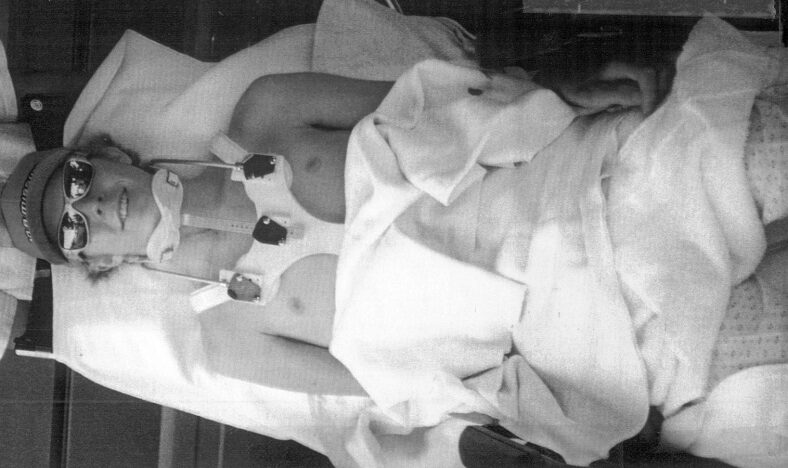Finding Answers in an X-Ray, MRI or CT Scan (CAT Scan)
Picture this (literally) – You are rushed into the hospital and you have a serious condition. What do the doctors suggest doing first?
Should they order an X-ray? But what is that going to show?
Is it an MRI? But what is that exactly?
How about a CT scan? Can your body handle the contrast dye injection? (Mine can’t!)
Whether you have experienced injury yourself — or whether you’ve known a friend or family member in those circumstances — most people have been exposed to a situation in which a scan is necessary for more health information. In those situations, we must decide “what to do” and which tests need to be done to find answers.
For the most part I have always just followed my medical professionals’ advice, at which point I’d find myself being wheeled on a gurney through the halls of a hospital en route to one of three common tests — X-Ray, MRI, or CT Scan — without knowing the reason or the difference behind the choice. It has taken me some time over the years to learn my body, and enough basic medical language, to know when and what to ask for from the healthcare professionals around me. Sometimes these request go above and beyond a doctor’s immediate objective concern. There is value in becoming more inquisitive in your treatment protocol, and thus more informed and more empowered in the process… more on that in another blog.
When searching for solutions to an ailment or injury, it helps to know the difference between the three common scans:
X-Ray: X-rays, or “X-radiation” is a penetrating form of high-energy electromagnetic radiation. This used in ways such as checking for broken bones, detecting certain kinds of diseases, identification of some metals, and ascertaining the locations of weak points in steel.
MRI: A magnetic resonance imaging (MRI) is a technique used in radiology to form pictures of the anatomy and the physiological processes of the body. The machines use strong magnetic fields, magnetic field gradients, and radio waves to generate images of the organs in the body.
CT-Scan: A computed tomography (CT) scan, also called a CAT scan, is a medical imaging technique used to obtain detailed internal images of the body. CT scans can be used in patients with metallic implants or pacemakers, when an MRI is contraindicated. CT scans may be done with or without “contrast.” Contrast refers to a substance taken by mouth or injected into an intravenous (IV) line that causes the particular organ or tissue under study to be seen more clearly.
When is an X-Ray, MRI or CT Scan Best?

Here are some examples of when each test is best:
X-Ray
An x-ray scan is best used with teeth, fractured and broken bones, diseases such as arthritis, organs and structures inside the chest, including the lungs, heart, breasts, and abdomen.
MRI
An MRI scan is best used with aneurysms of cerebral vessels, disorders of the eye and inner ear, Multiple sclerosis and spinal cord diagnosis, stroke, tumors or brain injury from trauma.
CT-Scan
A CT scan or “CAT scan” is best used to identify a fariety of metals, materials, welds, bonds and sub-components within an object located inside the body. It is also best used with tissue or fluid biopsy, tumors, internal bleeding, or other internal injuries or damage.
So, the next time you have a group of medical doctors around you, scratching their head wondering how to treat a patient with a spinal cord injury (or any other health condition you live with), be confident in your knowledge of the three different tests and what is best for YOUR need!
Knowledge is Power.
In Health,
Aaron Baker

















